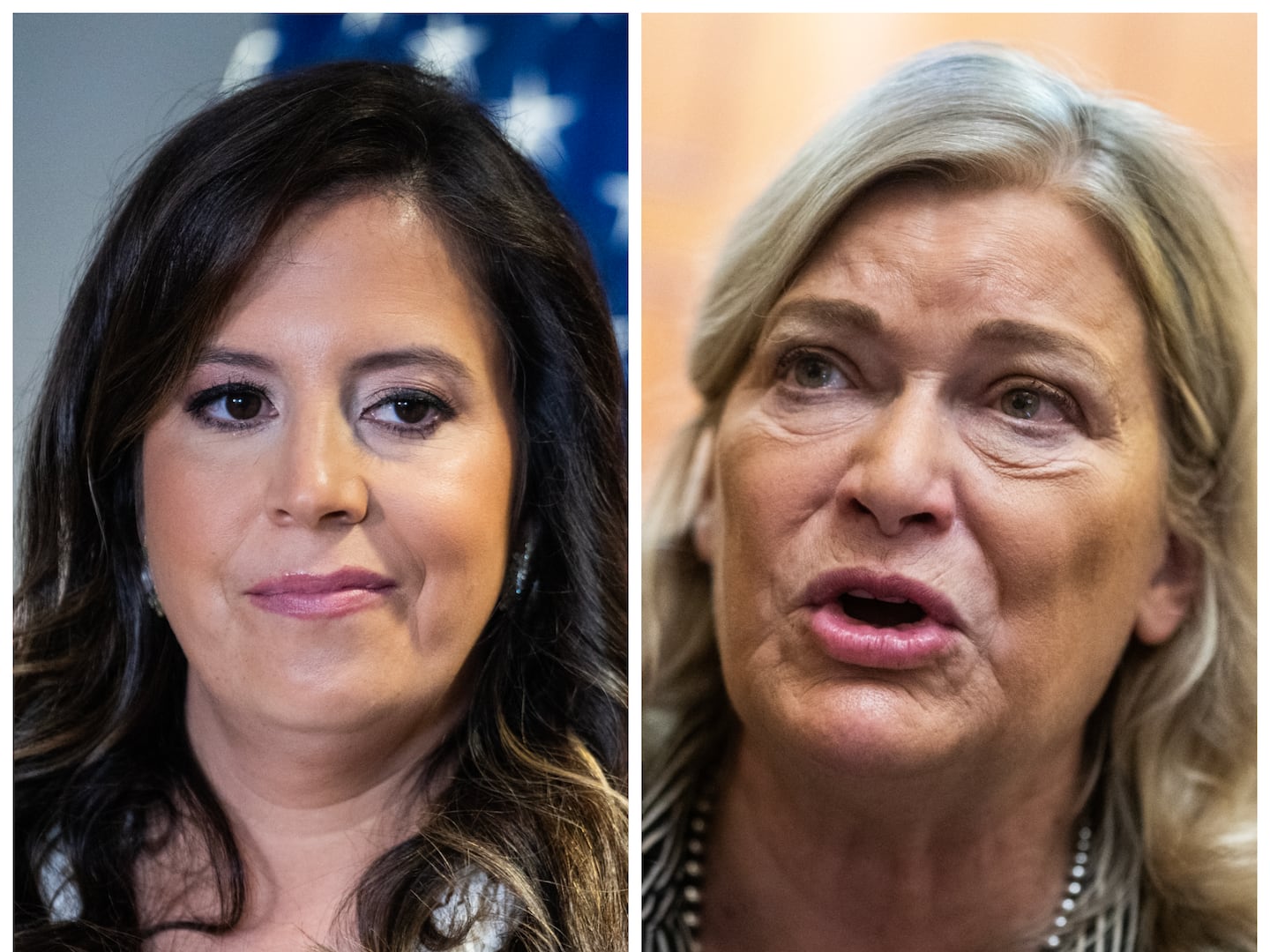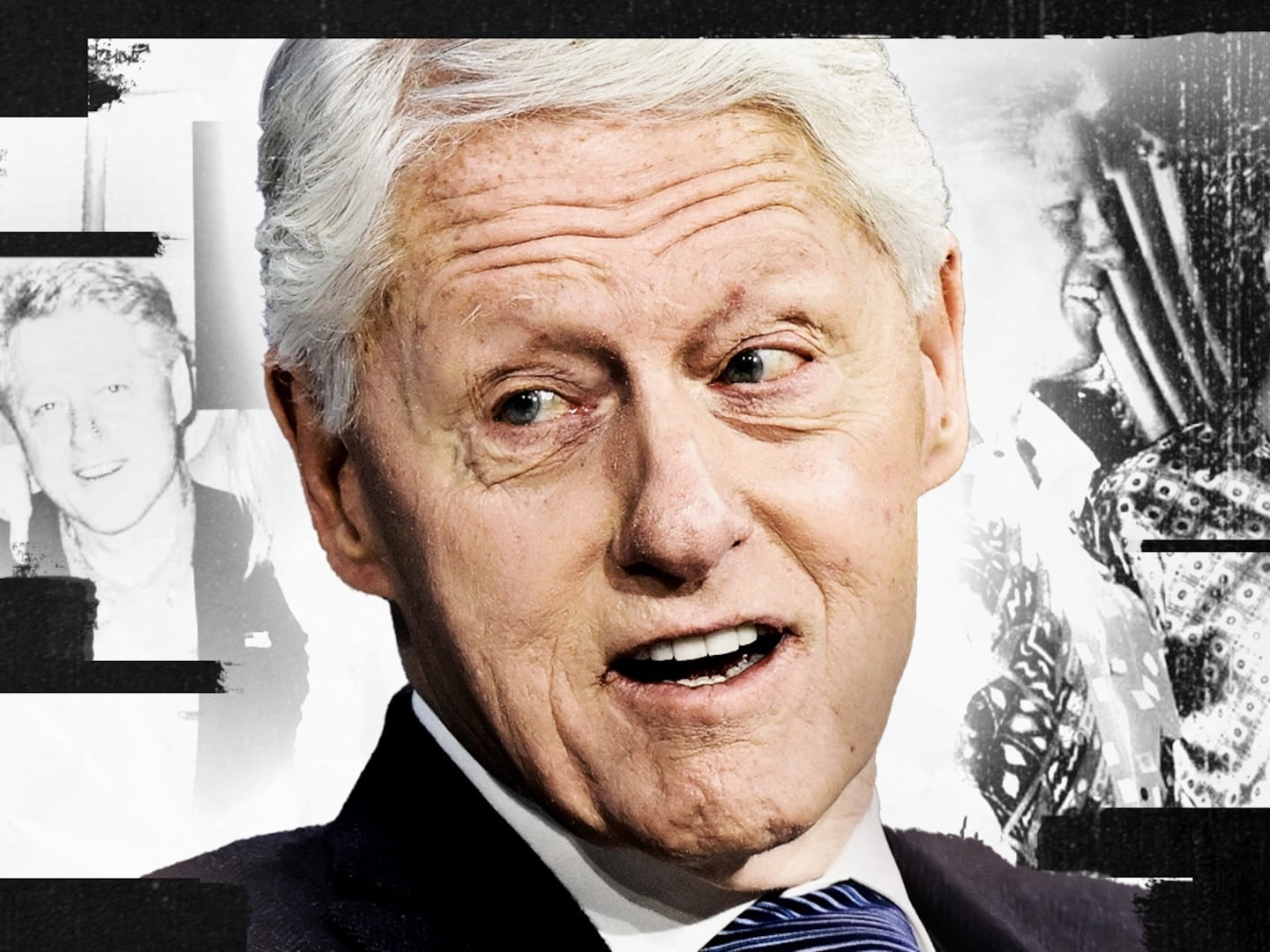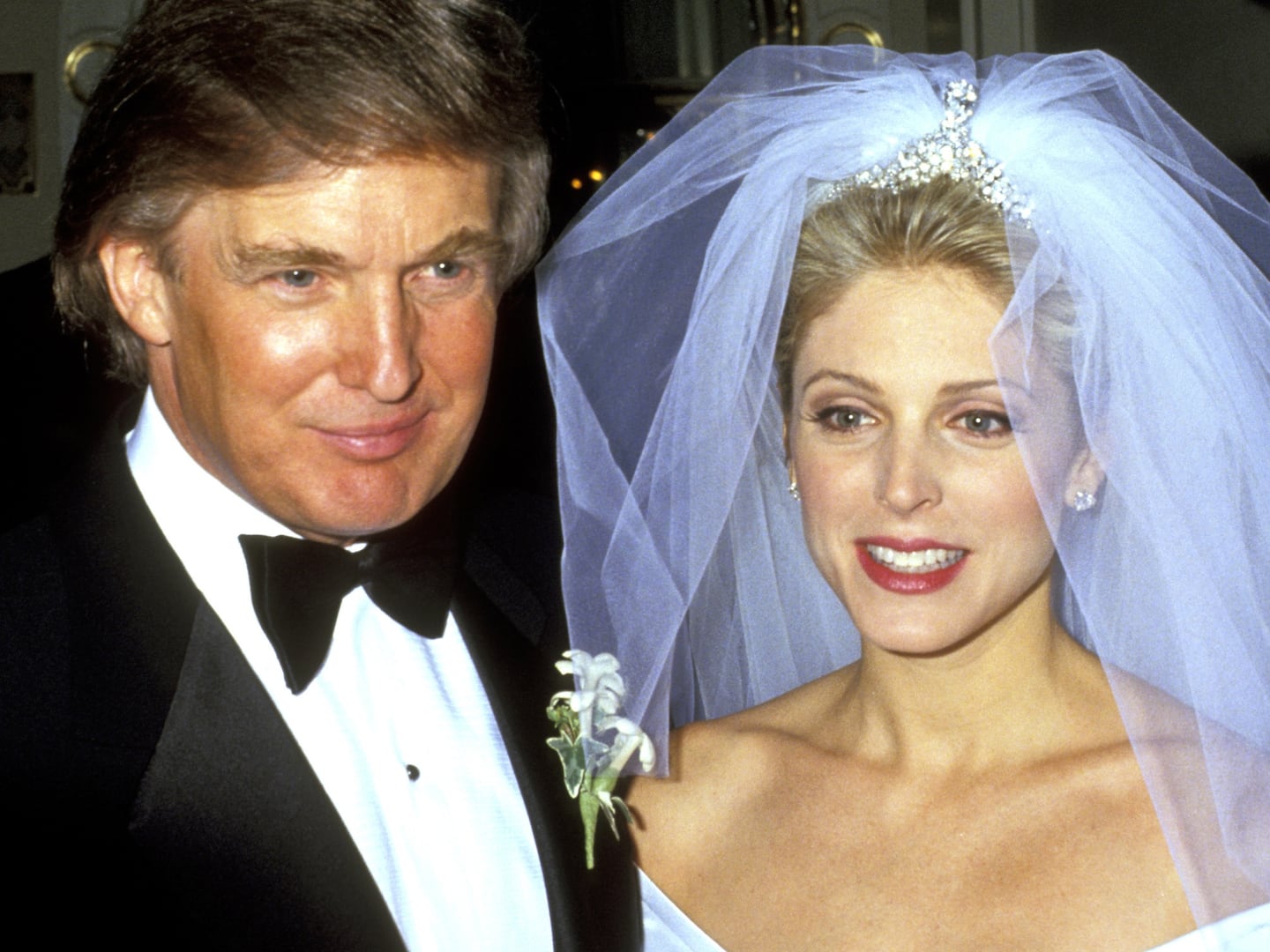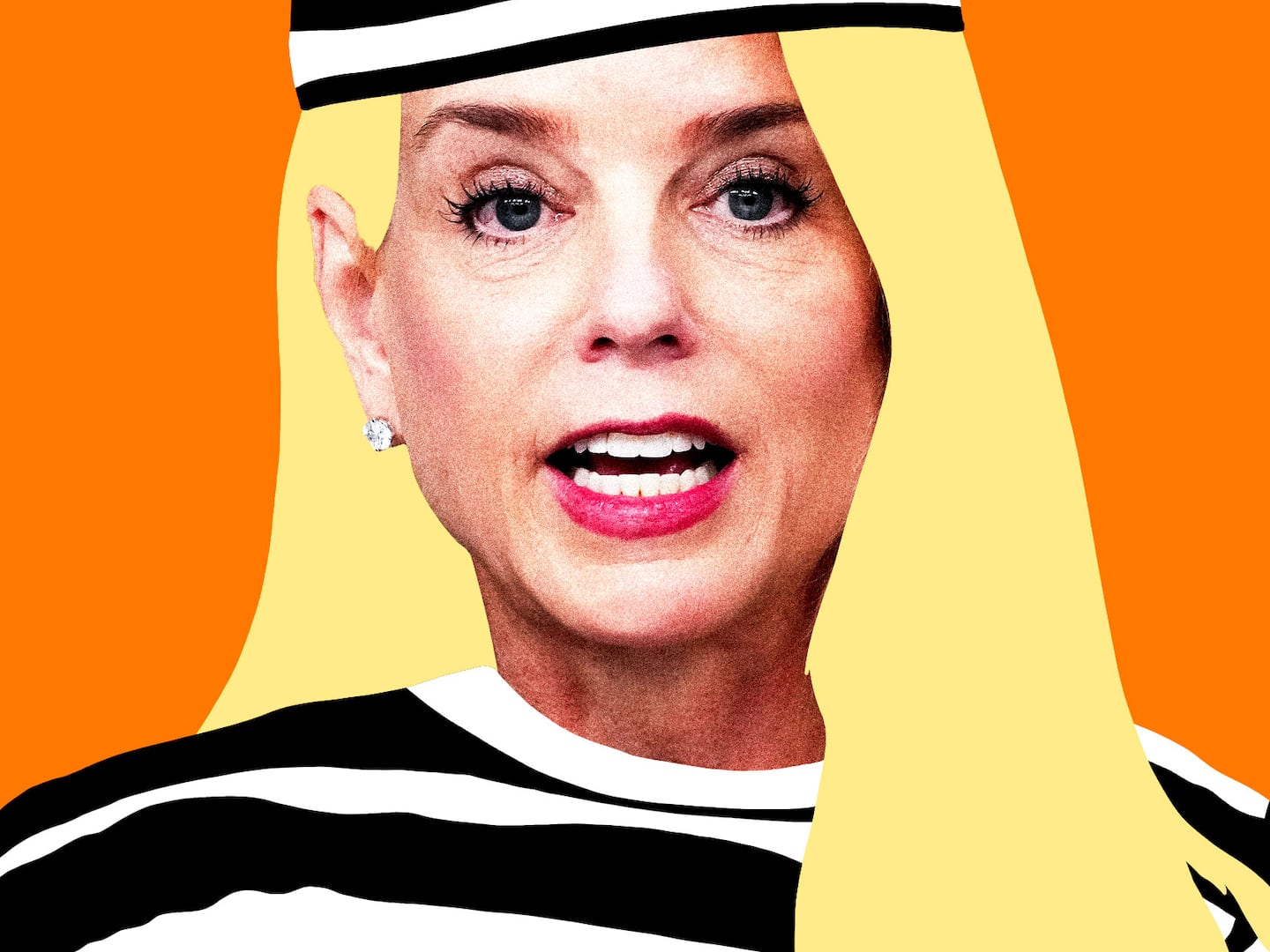There is a new “Digital King of Late Night” on the scene. And his first name isn’t Jimmy.
According to the second annual study of late-night streaming viewership by the analytics firm Jumpshot, Stephen Colbert had the largest share of the online video views in 2016, beating out last year’s winner Jimmy Fallon, who fell to third place behind The Daily Show’s Trevor Noah.
A major reason for the success of Colbert over Fallon was this insanity-filled presidential election year, which prized political content over all else. The Late Show’s pivot to politics, which began in earnest during the Republican National Convention and hasn’t let up since, helped that show capture 21 percent of global streaming traffic for late-night. The Daily Show came in second at 17 percent and The Tonight Show was third with 15 percent (down from a leading 25 percent the year before).
“Late-night has really been creeping up: The amount of time spent watching late-night clips on YouTube is nearly double what it was last year,” Kevin Allocca, YouTube’s head of culture and trends told NBC News this week. But not all shows are benefitting equally from this particular trend.
As with any study of online behavior, this one should be taken with some big grains of salt, given that there are numerous ways to measure this type of data. Jumpshot says it is able to track more than 100 million web users and is basing its data solely on YouTube and the individual network sites, so it does not include any videos viewed on Facebook, Twitter, or other social media platforms.
That being said, the study certainly upends some of the conventional wisdom about which hosts rule the late-night landscape online—and a spokesperson for The Late Show confirmed that Colbert’s total online stream numbers are up triple digits over last year. Generally, Fallon, Jimmy Kimmel, and James Corden are thought of as the most “viral” of the bunch, but in 2016, that wasn’t always the case.
Colbert, who took over for David Letterman 15 months ago, started his run at a serious disadvantage from a digital perspective. Letterman was never particularly interested in how his show was consumed on the internet, acknowledging to Rolling Stone in an exit interview that his lack of virality was a “weakness” for the show. "I hear about things going viral and I think, 'How do you do that?'" he said. "I think I'm the blockage in the plumbing."
That meant the Late Show didn’t have much of an online fan base for Colbert to build on, so he essentially had to start from scratch. Even now, his YouTube channel has just 1.9 million subscribers compared to 12.6 million for Fallon.
But if you look at Fallon’s most popular YouTube videos, the vast majority of them are from over a year ago. His lip-sync battles with Emma Stone from 2014 and musical impression-off with Ariana Grande from 2015 each have over 76 million views. But his most popular video of 2016 — a similar musical moment with Demi Lovato—has just 35 million. His next most-watched video from this year, lip-syncing with Melissa McCarthy, stands at 21 million.
Colbert still has no single clip that reaches those heights, but collectively his segments have managed to outpace Fallon’s this year. And while the Tonight Show host got his boost from movie and pop stars, Colbert’s biggest video of 2016 was Jon Stewart’s triumphant return to political commentary during the RNC, which has been viewed close to 16 million times. That same week, actress Laura Benanti’s Melania Trump impression gave Colbert his second most-watched video at 9 million. A more recent appearance by first lady Michelle Obama clocked similar numbers.
Then there is Trevor Noah, who took over from Jon Stewart on The Daily Show around the same time that Colbert filled Letterman’s shoes. As of last fall, The Daily Show didn’t even have a dedicated YouTube channel and would only occasionally post clips on Comedy Central’s main feed. Since the show started regularly posting clips the next morning on its own YouTube channel, it has seen its share of the online market skyrocket, from just 6 percent in 2015 to 17 percent in 2016, a 166 percent jump.
While just 7 percent of the show’s streams in 2015 came from YouTube, this year that number rose to 65 percent. That means 35 percent of The Daily Show content is still viewed on the show’s official website, which is far more than can be said of any other show, partly due to the fact that the show posts only a small fraction of its segments on YouTube.
One of Noah’s most popular videos is his recent showdown this past week with conservative pundit Tomi Lahren, which has been viewed 3.3 million times on YouTube. Comedy Central said that when you factor in those who have streamed the full 26-minute sit-down on its website, that number jumps to over 6 million.
“In a way it just affirms what we’ve been feeling and seeing in general,” Comedy Central president Kent Alterman tells The Daily Beast by phone of the study. Similar to what happened with Colbert, he said the network really started to see Noah hit his stride creatively on the eve of the political conventions over the summer and that began to translate in the numbers they were seeing online.
In addition to the Tomi Lahren interview, Noah’s reaction to a new spate of police shootings on the eve of the killing of five cops in Dallas became an unexpected viral hit for the show (2.2 million views on YouTube and many more across social media). “In a way, you could say that was a predecessor to what happened with Tomi Lahren,” Alterman says, noting that the message aimed to break through the bubble that separates two ideologically opposed sides.
In fourth place on the list is John Oliver, whose Last Week Tonight airs just once a week yet still nearly matched Fallon’s share of the pie at 14 percent, thanks to the exceedingly long video clips his HBO show posts following each episode. Since that show launched, it has published 188 videos to YouTube and racked up nearly 1 billion total views, for an average per video of more than 5.1 million, a number no other host can touch. By contrast, Colbert has published close to 1,900 videos and has received a similar number of total views for an average per video of less than 500,000.
James Corden, though he captured just 9 percent of the late-night marketshare online this year, does have the distinction of producing the single most-viewed video of any host—and the top trending YouTube video overall in 2016—with his epic “Carpool Karaoke” ride with Adele. That video currently has over 136 million views on YouTube. Also among the top trending videos overall in 2016 was Oliver’s #MakeDonaldDrumpfAgain takedown that aired back in February. At nearly 22 minutes long, that video has been viewed more than 30 million times.
After Corden, there is a bit of a fall-off in the study’s ranking, with Conan O’Brien and Jimmy Kimmel getting seven and 6 percent, respectively, both dropping from the previous year. New entry Samantha Bee is tied at 4 percent with Seth Meyers, who jumped significantly from 1 percent the previous year. Both of those hosts saw their numbers tick up slightly as Election Day approached. Meyers’s second most-watched video, at 7 million views, came just four weeks ago when he shared his initial reaction to Trump’s victory. Bee’s post-election reaction has just about 3 million views.
Of course, the importance of all of these numbers pales in comparison to the traditional Nielsen ratings that somehow still guide the television industry and its advertising rates. On that front, Fallon is still out ahead of his peers, averaging 3.6 million viewers over the course of last season (from September 2015 to September 2016), compared to 2.75 million for Colbert and 2.3 million for Kimmel. Among the 18-34 millennial demographic, Noah’s Daily Show has consistently rated No. 2 behind Fallon, an impressive feat for a cable entry.
Speaking about the difference between traditional television ratings and online views, Comedy Central’s Alterman says he doesn’t view them as mutually exclusive. While that network still gets the bulk of its monetization through the “linear” TV platform, they want to be “faithful” to an audience that wants to watch where they are, be it on YouTube, Facebook, or elsewhere online. “We try to be smart about it so we’re not shooting ourselves in the foot or shooting the feet of our audiences,” Alterman adds.
There has long been a fear across all of these shows that if they made their content available for free online too soon or too often, then viewers would stop watching on television. And this certainly seems to be the case, especially for the shows hosted by James Corden and Seth Meyers that do not even begin until well after midnight. Why stay up until 1:30 a.m. if you know you can catch the best clips the next morning?
But there is also a growing acceptance from the networks that they cannot stop the migration of viewers, especially those highly-coveted millennials, toward an exclusively online, on-demand experience. Rather than trying to resist the change as someone like Letterman did, today’s hosts have to go all-in on digital, or risk being left behind.






